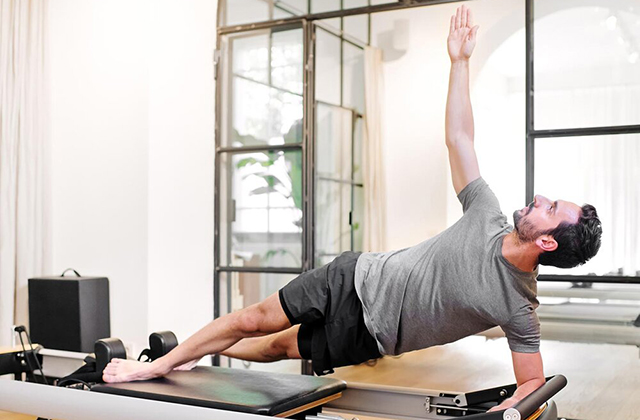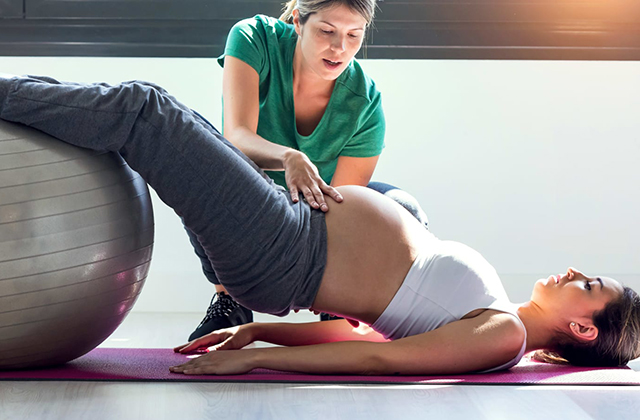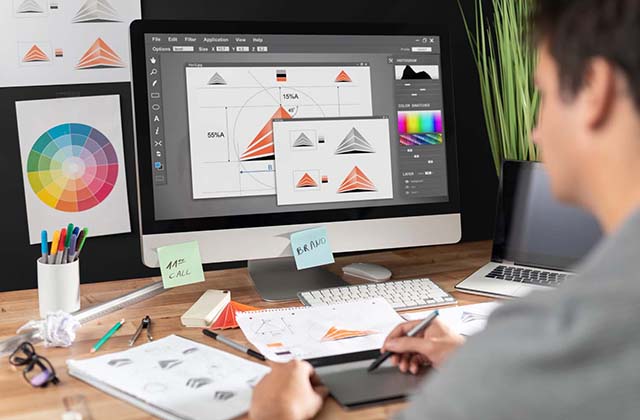This article addresses something that’s crucial to good health but many people still seem to be unaware of. That is daily fasting. Fasting is simply going without food for a period time. Have a probiotic everyday that is how to improve gut health.
It’s not a complex thing, but if you want to look into it seriously (and by that I mean fasting over an extended period of time), you’re diabetic, pregnant or have autoimmune issues it’s a good idea to get advice and understand how to do it safely.
We actually fast every day without realizing it, because we fast during the night whilst we’re sleeping.
Fasting is said to help boost your immune system, lower blood sugar and control weight among others. You’re actually being kind to your gut when you fast because you’re allowing the waste that’s currently in your system to work its way out before you then start eating again.
Essentially you’re giving your whole digestive system a rest, so that the body can go back to what it does naturally, which is to heal and repair.
What we often do, however, is to graze. So we may have a hearty breakfast first thing in the morning when we wake up because it’s what we think we should do. We may have a snack at around 11.00. We’ll then have lunch probably around 12.00-1.00pm. We may have a snack around 4pm, then we have dinner probably around 6.00-7.00pm. We may even have a little snack before we go to bed.
What that means is that we’re constantly eating, which means our digestive system rarely rests. The consequence of this is that our body is constantly using energy to digest our food rather than burning fat which is what it is designed to do when we don’t eat.
In addition, when we’re snacking we don’t always know whether we really are hungry, and over time eating between meals just becomes a habit. Sometimes we eat when we’re not even hungry, we’re actually dehydrated and thirsty.
If we adopt the following seven simple strategies essentially we’ll be not only giving our body the chance to rest the digestive tract, we’ll also be boosting our immune system:
1. Have a later rather than an earlier breakfast
2. If you must eat an early breakfast make it fruit based where possible, as your body is still in cleanse mode first thing in the morning
3. Eat when you’re hungry
4. Drink water between meals rather than snacking
5. Don’t eat after 8pm
6. Eat your last meal no more than 4 hours before bed
7. Fast intermittently each day for 12-16 hours between your last meal and your breakfast
Thinking about how you eat, what you eat and when you eat is the beginning of taking control over your own gut health. Be mindful of what you eat first thing in the morning when our body is still cleansing – in the same way you wouldn’t feed a new-born baby solids, your stomach first thing in the morning needs to be nurtured a little.
Finally you can train your body to fast intermittently each day over a period of time until your body gets accustomed to it. Start with going without food overnight for 12 hours and gradually extend it. Intermittent fasting is not only great for your gut, it’s one of the easiest and most effective ways to help your body to begin functioning optimally and to boost your overall health.
Article Source: http://EzineArticles.com/10152924




